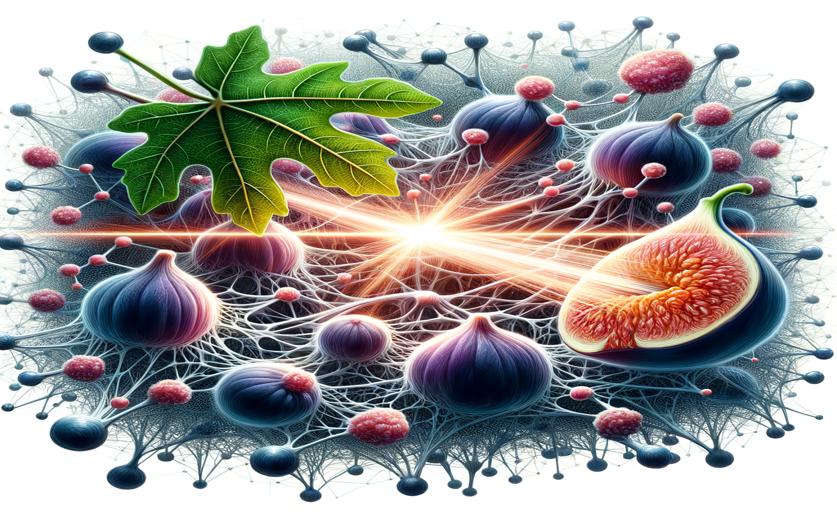
Fig Latex Nanofiber: A Potential Anticancer and Antioxidant Treatment
Jenn Hoskins
16th May, 2024

Image Source: Natural Science News, 2024
Key Findings
- Researchers from SRTA-City developed a new cancer treatment using fig latex encapsulated in nanofibers
- The fig latex nanofibers effectively killed colon and liver cancer cells while being safe for normal cells
- The treatment works by inducing cancer cell death and has antioxidant properties, enhancing its therapeutic potential
References
Main Study
1) Biological activities of fig latex -loaded cellulose acetate/poly(ethylene oxide) nanofiber for potential therapeutics: Anticancer and antioxidant material.
Published 13th May, 2024
https://doi.org/10.1016/j.ijbiomac.2024.132176
Related Studies
2) Recent progress in development of new sonosensitizers for sonodynamic cancer therapy.
3) Anticancer Compounds Derived from Marine Diatoms.
4) Traditional uses, phytochemistry and pharmacology of Ficus carica: a review.



 12th May, 2024 | Greg Howard
12th May, 2024 | Greg Howard